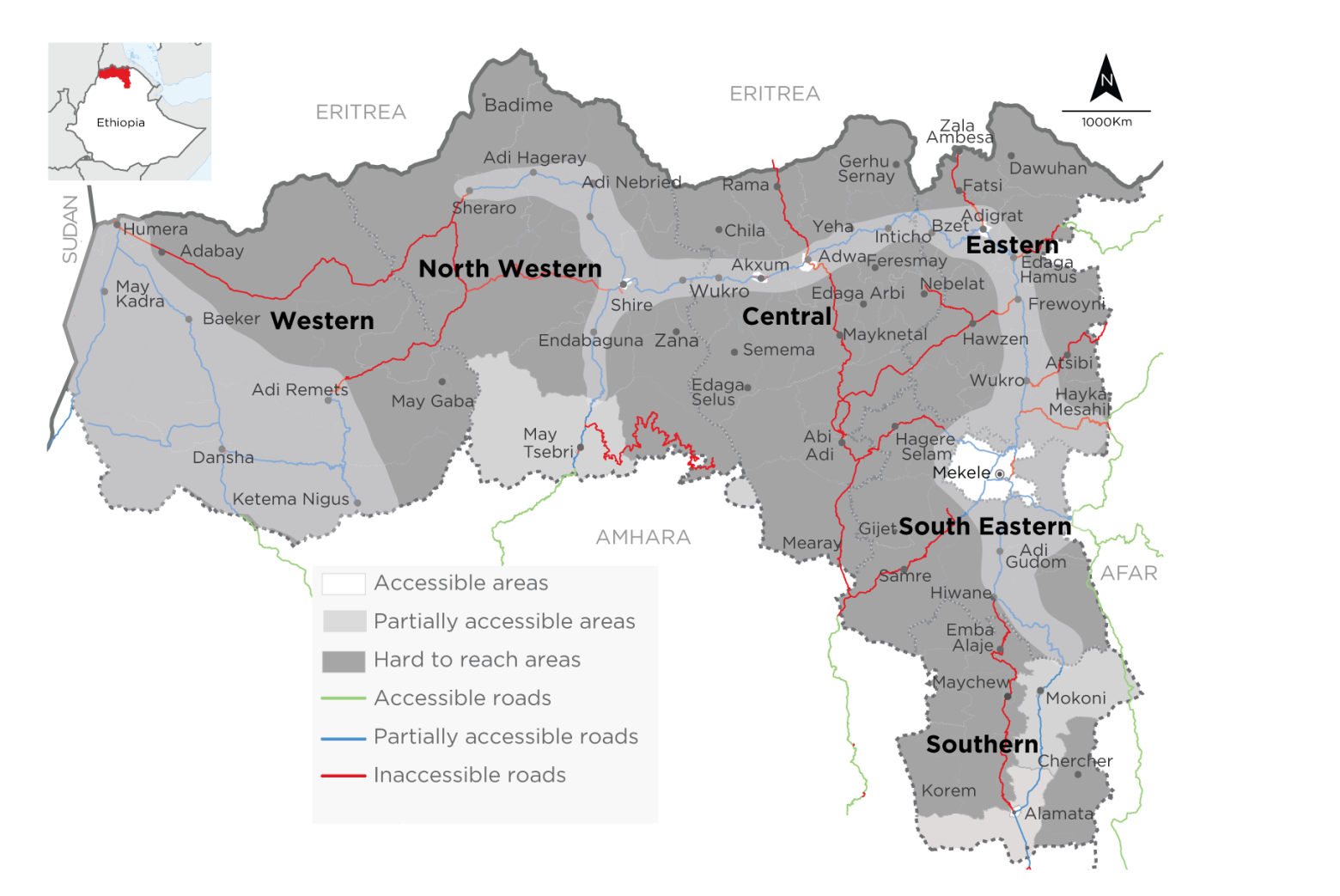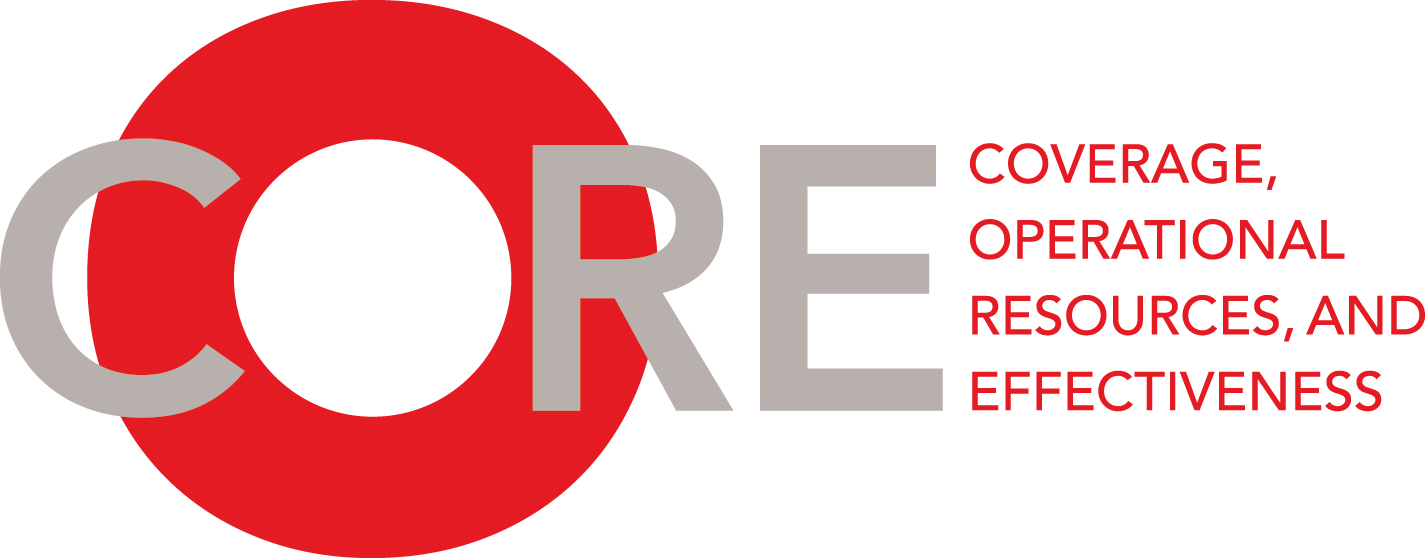Ethiopia: Tigray
| CORE Programme I Haiti | Myanmar | Iraq | Ethiopia: Tigray | Afghanistan | Northeast Nigeria | Central African Republic | Global Report

This SCORE report features findings from a survey of 614 people in the Tigray region of Ethiopia (49% men, 51% women) conducted between 17 February and 8 March 2021. Live operators for GeoPoll conducted the survey in the Amharic and Tigrinya languages. Humanitarian Outcomes researchers also conducted anonymous interviews with 25 key informants among the humanitarian organisations attempting to reach affected people in Tigray, as well as donor governments. Not all humanitarian organisations working in Tigray agreed to be named in this report.
Summary
The conflict that broke out in Ethiopia’s Tigray region in November 2020 has sparked a massive humanitarian crisis to which the aid community has been unable to adequately respond. An estimated 4.5 million people, roughly two-thirds of Tigray’s population, are currently in need of humanitarian assistance. Violence against civilians has been wide- spread, with credible reports of war crimes and crimes against humanity committed by multiple parties to the conflict. Fighting continues, and recent situation reports describe humanitarian conditions as ‘extremely concerning’.
Tigrayans surveyed in late February–early March reported that:
- A large majority of the sampled population are in need of humanitarian aid, while a minority have received aid.
- Of those who report having received aid, this was almost entirely in the form of food.
- Most said that their basic needs were not met, and that aid was not reaching the places where it is most needed.
- Of those who were able to answer, most cited government restrictions on aid as the principal access constraint.
- More than usual numbers of SCORE respondents answered ‘don’t know’ to questions about why aid was not forthcoming, suggesting that, due to the communications blackout and internet shutdown, information about the crisis was also in short supply.
Access to the affected population by the aid response, and vice versa, has been extremely constrained in Tigray, and for the first few months of the crisis only a handful of aid organisations had established an operational aid presence. Compared with other hard-to-access crises that the CORE research has covered, Tigray has the highest numbers of people in need as a percentage of the population, the lowest numbers of organisations responding, and the lowest percentage of people in need reached by aid.
Common factors across the small number of aid actors able to establish relief operations were negotiation skills and capacities, a willingness to negotiate at local and national levels, high tolerance of risk, a pre-existing presence, local networks and partnerships, and strong preparedness. Some of the early efforts by the UN to negotiate access at national levels were seen widely by aid actors as being counterproductive, and strong leadership by humanitarian actors was seen as lacking.
Download the full report to read more.
